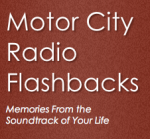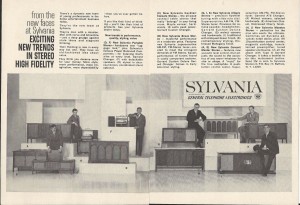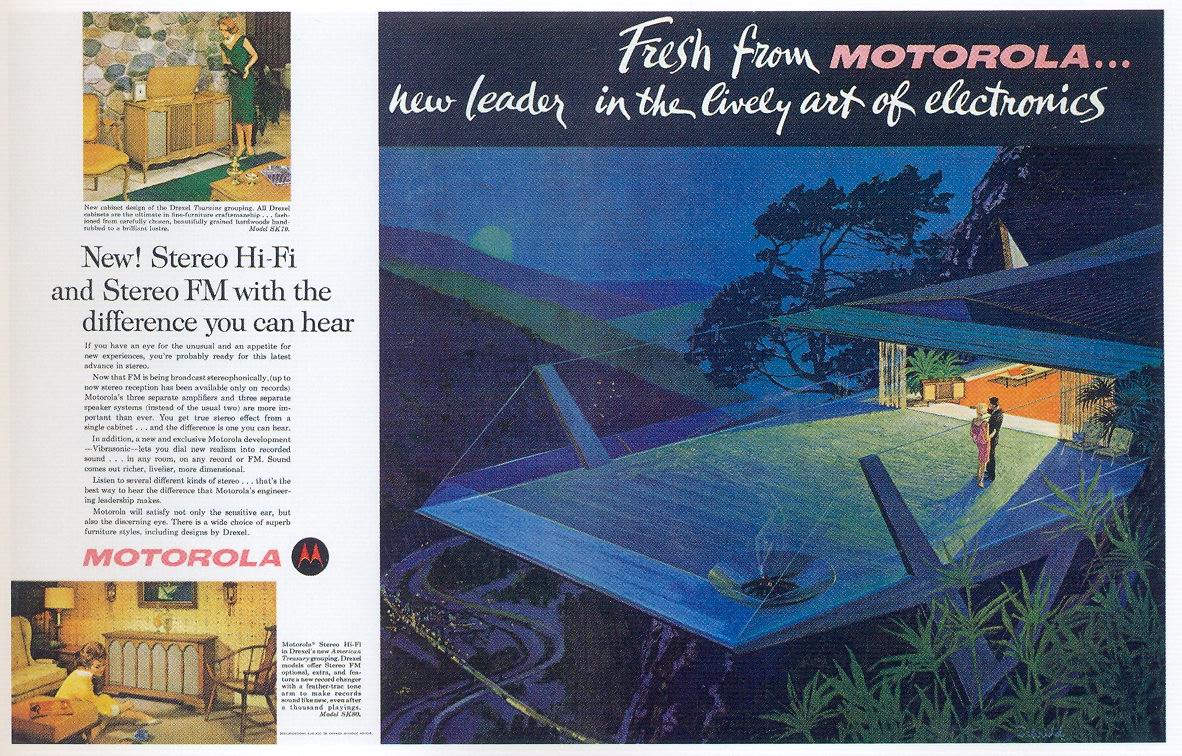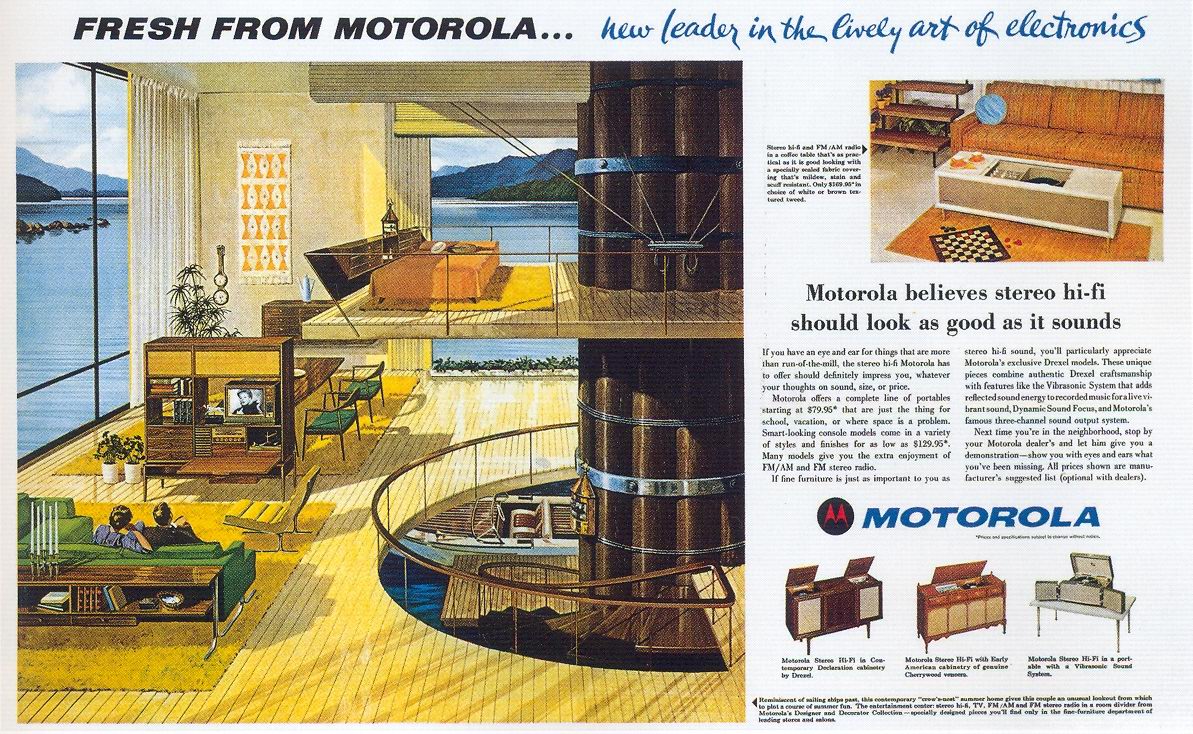 From the MCRFB news archive: 1963
From the MCRFB news archive: 1963
Specialized Programming Urged
CHICAGO — FM broadcasters termed “stereo” the most exciting programming tool in the medium’s history. “It offers the greatest potential for FM radio and can be the answer to many of your problems,” Jack Kiefer, KMLA-FM, Los Angeles, said last week.

He spoke with a group of FM leaders at a day of panel discussions devoted to the FM medium at last week’s National Association of Broadcasters convention here.
Other salient points made during the discussions:
“Many FM stations are now effectively competing with AM outlets by doing a strong local job,” — James Sondheim, QXR Network, New York.
“Don’t let stereo lull you into a false sense of security. Use good broadcasting techniques — stereo is a tool, not a panacea.” — David Polinger, WTFM, New York.
“Sell your listeners on stereo, (despite) the greatest percentage of receivers are still monaural. We constantly remind our listeners that they broadcast they are about to hear in stereo sounds excellent on their monaural sets, but would so much better on stereo.” — Everett Dillard, WASH, Washington D. C.
Stereo and FM Synoymous
And in comments from the floor, Marie Lurie, WXFM, Chicago, the local QXR outlet, noted that, “to be competitive, stereo and FM will soon be synonymous. It’s FM’s biggest selling point.”
Parker Smith, WVJS and WSTO, Owensboro, KY., pointed out that his station dropped the FM designation in its call letters and substituted the word “stereo.” Smith said his station announced itself as “WSTO-Stereo.”
Panelist agreed that stereo separation offered exciting possibilities for commercials, news, sports, live interviews, as well as traditional recorded music.
Sports in Stereo
Examples of a basketball game with players moving from speaker to speaker, newscasts with announcers switching speakers for different voices, and other possibilities were cited.
Dillard said he felt national advertiser will support an FM stereo station that shows it’s a good broadcasting station. The reference was to FM broadcasters exercising good, competitive broadcast techniques similar to that employed by AM outlets.
Panelist also felt that the day had come when FM should examine all types of programming — not just “fine arts” as many stations were confining themselves to. A show of hands show that a sizeable percentage of FM broadcasters in the audience were using popular music.
Specialized Programming Urged
An FCC spokesman in the audience pointed out that FM stations should concentrate on filling a local community need. In a large market with numerous FM and AM outlets, a particular broadcaster might well decide to program to a specialized audience.
Smaller markets with a fewer stations, however, might well need a more general-type programming, the FCC commissioner said.
Pollinger noted that last year, 20 per cent of the stereo records he received were unsuitable for stereocasting because of distortion. “This year, it’s down to 5 per cent,” he said. END.
(Information and news source: Billboard; April 13, 1963).


![]()